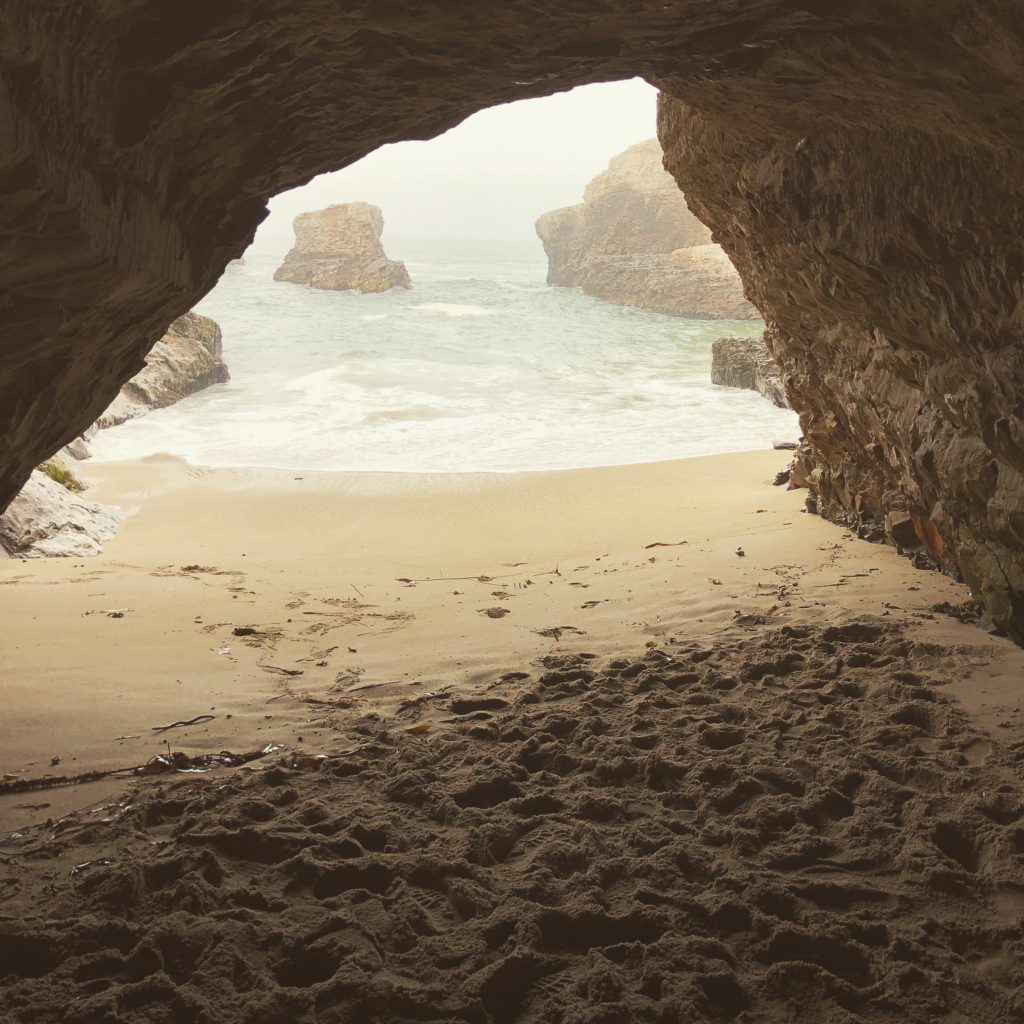Because the abrasive action of waves is concentrated at the base of the cliff an overhang forms.
Why would sea caves not form in granite.
Some of the largest wave cut caves in the world are found on the coast of norway but are now 100 feet or more above.
Stretching between the black sea and the caspian sea it is surrounded by the caucasus region and is home to mount elbrus the highest peak in europe.
It happens more often in soft rocks especially marble and limestones since groundwater dissolves them however if you get fault going through a hard rock and sea action abrades this hard rock preferentially along this fault a cave can develop in even hard.
Caves even form in glaciers where meltwater carves tunnels at the beginning of its journey to the sea.
Land uses at the coast like industry and recreation and tourism can be in conflict with each other and solutions must be adopted to deal with these.
Caves can form in any kind of rock.
Solutional caves are the most frequently occurring caves and such caves form in rock that is soluble such as limestone but can also form in other rocks including chalk dolomite marble salt and gypsum rock is dissolved by natural acid in groundwater that seeps through bedding planes faults joints and so on over geological epochs cracks expand to become caves and cave systems.
Coastal landscapes form cliffs caves and arches.
The caucasus mountains include the greater caucasus in the north and lesser caucasus in the south.
If this is a question your teacher asked they should be reprimanded for asking improper questions.
A few caves exist in rock salt an.
Cave also called cavern natural opening in the earth large enough for human exploration such a cavity is formed in many types of rock and by many processes.
And again the water level is secondary to the cave itself.
The largest and most common caves are those formed by chemical reaction between circulating groundwater and bedrock composed of limestone or dolomite these caves called solution caves typically constitute a component of what is known.
But most caves form in karst a type of landscape made of limestone dolomite and gypsum.
The greater caucasus runs west northwest to east southeast.
Sea caves are found throughout the world actively forming along present coastlines and as relict sea caves on former coastlines.
There are also a good many caves in marble the metamorphic but still soluble form of limestone.
A sea cave also known as a littoral cave is a type of cave formed primarily by the wave action of the sea the primary process involved is erosion.

